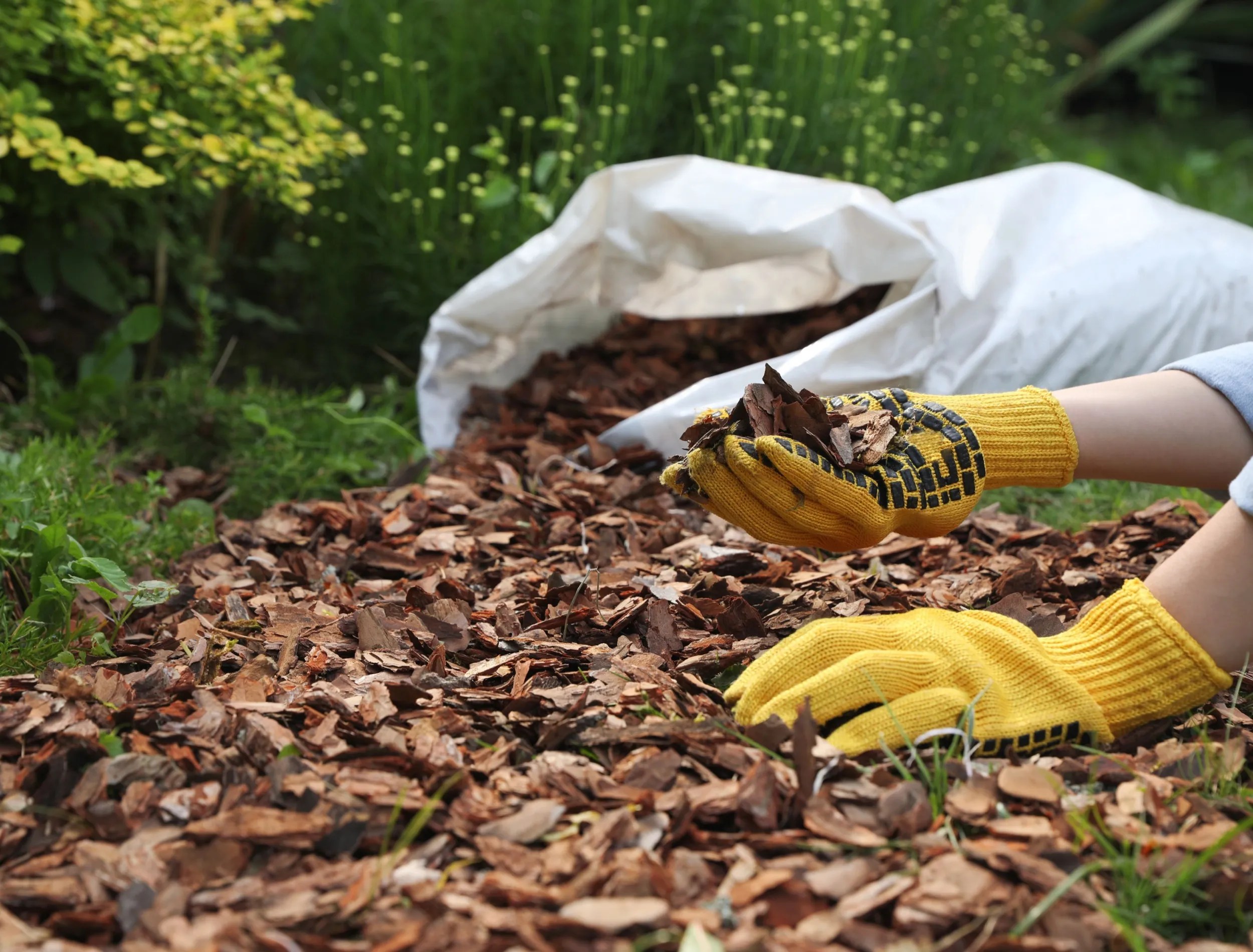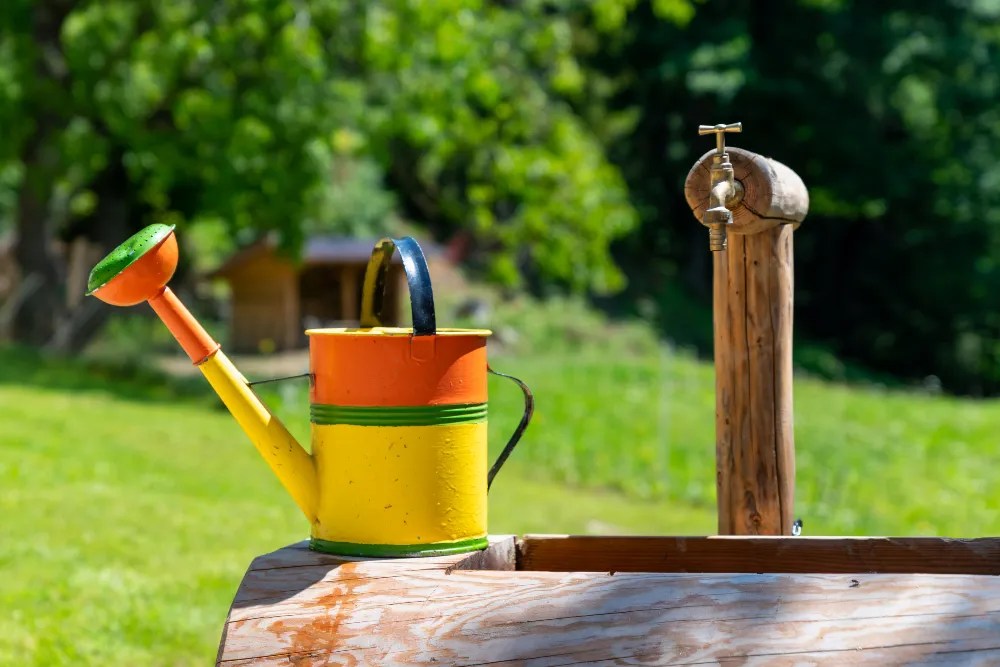Related
Mint ( Mentha ) is an enjoyable plant for its edible leaves and pleasant scent . Mint also brings pollinators to your garden and is a great industrial plant for tiro gardeners due to its relatively downcast - upkeep growing riding habit . With allthe perks this perennial allow , perhaps it ’s prison term to pop out originate and enjoying it yourself , whether by cutting from another plant life or as a seed .
Growingmint from seedgenerally begin in the spring , so it can thrive throughout the growing time of year , though sowing it throughout the yr is also potential . If you want to harvest the benefits of growing your mint from source , " harvest time " these six tips to help you along the elbow room .
1. Choose Your Favorite Variety
Image credits : creativeneko via Shutterstock
When growing mint from seed , take a type you and your house will adore and use to its full potential .
With more than 3,500 varieties of Mentha to choose from , you are certain to happen a type that you ’ll revel ! The most common diversity are peppermint ( Mentha piperita ) and spearmint ( Mentha spicata ) , both reaching heights of 1 to 3 foot magniloquent .

Other lesser - know salmagundi include drinking chocolate and pineapple mint , each providing its unique tang twist . With so many plants in the Mentha sept , the smack and fragrance spectrum depart substantially !
take note : The old adage “ what you see is what you get ” does n’t always contain for mint , as sometimes mint seeds do n’t grow up to be true to their parent plant .
2. When to Start
trope quotation : Indre Pau via Shutterstock
Starting mint cum can lead off indoorsas early as eight to 10 weeks before the last hoarfrost in fountain . If you sow seeds directly into the ground , do so once the threat of frost has return ( typically late March ) .
Your mint seeds should germinate within 10 to 15 days .

3. How to Start
Image credits : Zoe Schaeffer via Unsplash
The initial sowing process is the same whether indoors or directly into the garden . Place flock seed ¼ inch down into deep , moist , and well - draining soil . Just barely cover the seed while providing light for germination . In other words , heavy soil reporting will stymie its growth . Your works will be ready for harvest within two months .
Pro Tip : Mint isan aggressive growerand can overtake other plants . deal planting in a containerorraised bedto restraint the banquet .

4. Keep Seeds Comfortable
Image credits : Jaroslaw Kwoczala via Unsplash
muckle seed germinate at temperatures of around 55 to 65 degrees Fahrenheit . Keep the stain moist but not soggy , andthin out seedlingsas they come forth . A few hefty plants are loosely enough due to their aggressive growth habits .
If starting the seeds indoors , keep the humidness levels around medium ( 40 to 50 percent ) and in full Dominicus experimental condition . Transplant the seedlings to their outdoor localisation once they have two to three leaves .

5. Choose a Location
Image recognition : Paul Maguire via Shutterstock
Mint is a extremely tolerant plant that can farm in unfavorable condition . However , it does have preferences , just like any other plant ! This herbaceous plant favor full Dominicus to partial shade with fat , moist , well - draining grime . Some mint varieties ( like Ananas comosus mint ) are susceptible to scorched leaves when in full Lord’s Day , so check your individual plant life ’s druthers .
To assist determine where to put it , considerwhy you are growing hatful . The full sun brings about bloom that help pull in pollinators to the garden . However , consider fond shade for plant grown for harvestable leaves , as full sunlight reduces leafage ontogeny .

You must also consider its indoor placement if you keep your good deal plant in the kitchen . An E - facing windowpane is best for those morn rays and afternoon wraith .
6. Proper Watering
double credit rating : Robert Hrovat via Unsplash
Provide body of water to your plant on a regular basis , start from seed . Mint thrives in grunge that is lightly damp but not soggy . A world-wide principle is to give this perennial around 1 to 2 inches of water per week during the turn season ; however , if outdoors , its location will dictate water system requirement . Take into accounting rain , soil condition , and temperature before giving your plant a drink .
If your plant is make plenty of sun , it may need water up to once per day , as the sunshine will dry out the soil rapidly . Always gibe the stain for wet , as overwatering leads to poor plant timbre and disease . Sings of overwatering include yellowing foliage , drooping stems , and potential root rot .

For mint plant life in containers , verify if the top 2 in of stain are dry before lachrymation . And most importantly , make certain the pot has drainage holes !
It’s Mint to Be!
grow hatful from seed is an excellent option for father gardeners and provides a high - relent , redolent , and flavorful harvest ! With a few tips , like when and how to start your seeds , you may sense confident starting your own . It ’s the ' encourage - mint ' you need !
Is mint part of your home plate garden ? portion out your favourite mint - grow point in the comment surgical incision below !



